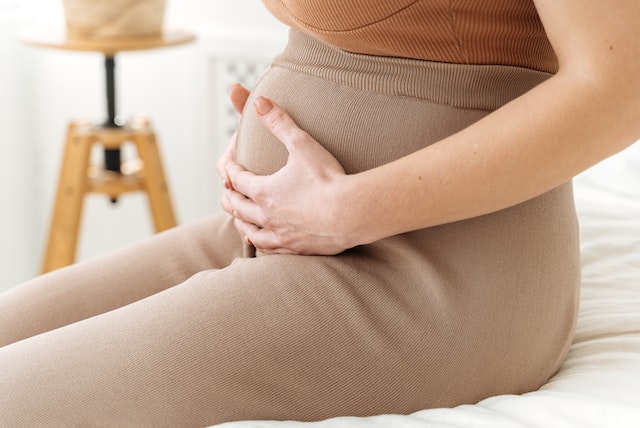15 weeks pregnant: Pregnancy Symptoms & Baby Development
Find out what to expect from every week of your pregnancy.
15 weeks pregnant is how many months?
Month 4 (Trimester 2)
Baby development at 15 week
Stay hydrated

What’s happening in your body
Your baby is now the size of an apple, around 10.1cm in size and about 70 grams in weight. Along with more lanugo (the hair that covers their body to keep them warm) your baby’s started growing eyebrows and eyelashes. Although their eyes remain closed, they’re becoming sensitive to light. Along with this, your baby is starting to hear.
Your baby can hear sounds in your body such as your heartbeat, voice and digestive system. They can also pick up muffled sounds from outside , but can’t make sense of them yet.


Early pregnancy symptoms at 15 weeks
For many women, unpleasant side-effects of pregnancy have passed – but there are still a few who may still be experiencing things like:
- Bloating and constipation
- Indigestion and heartburn
- Morning sickness
- Hot flushes
- Dizzy spells and headaches
- Swollen hands and feet

THE SCIENCE BEHIND HYDRATION
Powered by Nutricia
Around 60% of the human body is water, and we naturally lose two litres a day. Water keeps our complex systems working properly, while helping us absorb nutrients and flush out toxins. During pregnancy, increased demands on your body mean you’ll need more water than usual to avoid becoming dehydrated.
The European Food Safety Authority recommends women drink around 2 litres of water daily, with an extra 300ml each day during pregnancy7. That’s about 9–10 250ml drinks each day. Try to avoid fizzy drinks and drinks high in sugar. With little nutritional value, it’s best to seek a healthier alternative6. Fruit juice can be high in sugar, but as long as it’s pure fruit, one 150ml glass can also count as part of your daily 5-a-day fruit and vegetable intake.
